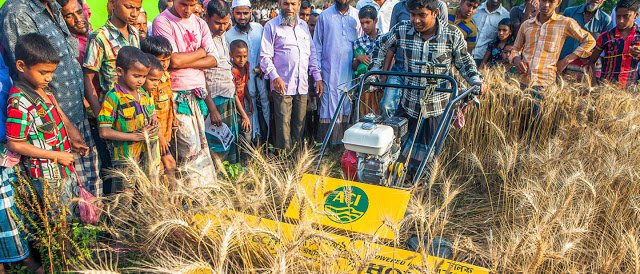Technology Transfer Process in Bangladesh
Bangladesh is basically an agricultural country. The development or agriculture thus to a great extent means the development of the country. The Department of Agricultural Extension (DAE) is mainly responsible for transferring technologies to farmers in respect or all types of crops. The Directorate of Livestock Services (DLS), and Department of Fisheries (DOF) are responsible for transferring technologies in respect of animals and fishes respectively to farmers. The Bangladesh Rural Development Board (BRDB) is mostly concerned with the technologies related to rural development, social development, and rural livelihood development.
However, the generation, dissemination and mass adoption of technologies is the key to achieving progress in agricultural development. In order to expedite the technology transfer process a Technology Transfer Monitoring Unit (TTMU) has been established in 1989 at the BARC (Bangladesh Agricultural Research Council) which is the coordinating authority in Bangladesh under the National Agricultural Research System (NARS). The basic approach of the TTMU at BARC is to promote the free flow of NARS-generated technologies through a network of private and public agencies that are providing technology and services to farmers.
The development of agricultural technology in Bangladesh has been primarily a public- sector function, with NARC being the focal point, whereas a mix of private and public agencies performs the technology transfer functions in the forms of information, inputs (products) and services. The TTNU’s function is to facilitate the lineages between NARS and these technology transfer agents who further adapt, repackage, and disseminate the technology to farmers. The technology transfer process in Bangladesh is diagrammatically shown in Figure 11.2.
You can read more articles about Agricultural Extension
